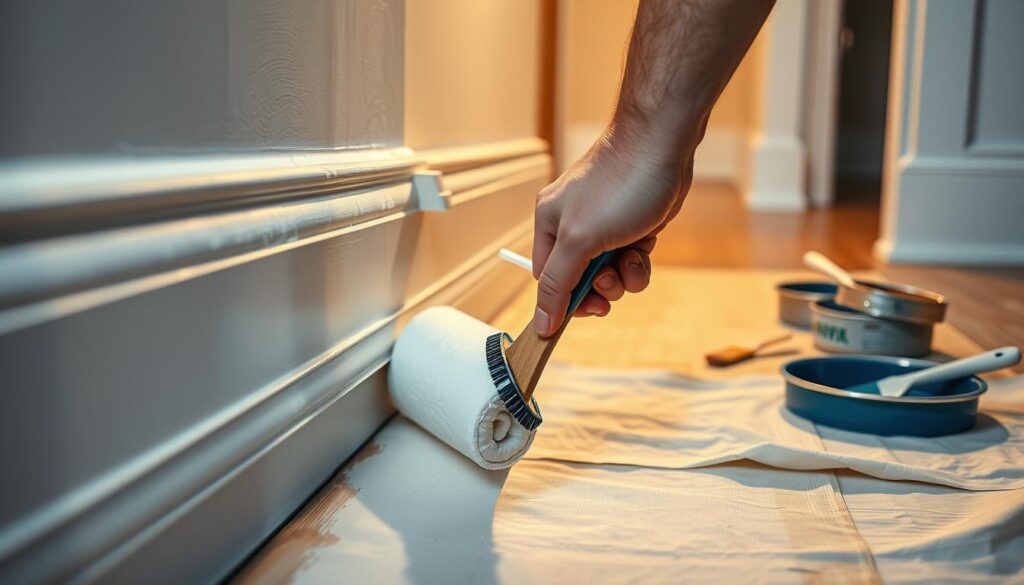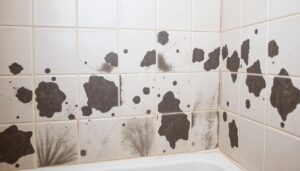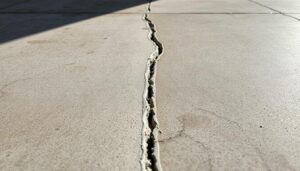Are you tired of unsightly brush marks on your newly painted skirting boards? Achieving a professional finish is easier than you think.
Painting skirting boards can be a daunting task, especially when it comes to avoiding brush marks. However, with the right techniques and a bit of practice, you can achieve a smooth, perfect finish that enhances your entire room.
Understanding the common causes of brush marks is essential before beginning your project. By learning the proven methods to eliminate them, you’ll be able to transform your skirting boards with a flawless finish.
Key Takeaways
- Understand the common causes of brush marks on skirting boards
- Learn essential preparation steps for a flawless finish
- Discover proven techniques to eliminate brush marks
- Transform your skirting boards with a smooth, perfect finish
- Achieve professional-looking results with the right paint and application
Essential Preparation for Smooth Skirting Board Painting
The secret to a flawless paint job on skirting boards lies in thorough preparation. To achieve a professional finish, you need to prepare your skirting boards correctly by cleaning, repairing, and sanding them.
Cleaning and Degreasing Skirting Boards
Start by cleaning your skirting boards to remove dirt, grime, and grease. Use a mild detergent and warm water to wipe down the boards. This step is crucial in ensuring a smooth paint finish.
Filling Cracks and Repairing Damage
Inspect your skirting boards for any cracks or damage. Use a filler to fill in the gaps and allow it to dry completely. Then, use a putty knife to smooth out the area.
Proper Sanding Techniques
Sanding is a critical step in preparing your skirting boards for painting. Begin with a medium-grit sandpaper (around 120 grit) to remove any existing paint or varnish, working in the direction of the wood grain. Follow with a fine-grit sandpaper (180-220 grit) for a final smooth finish. Key sanding tips include:
- Sanding in the direction of the wood grain to avoid scratch marks.
- Using a tack cloth or damp microfibre cloth to remove dust after sanding.
- Paying particular attention to filled areas to ensure a seamless blend.
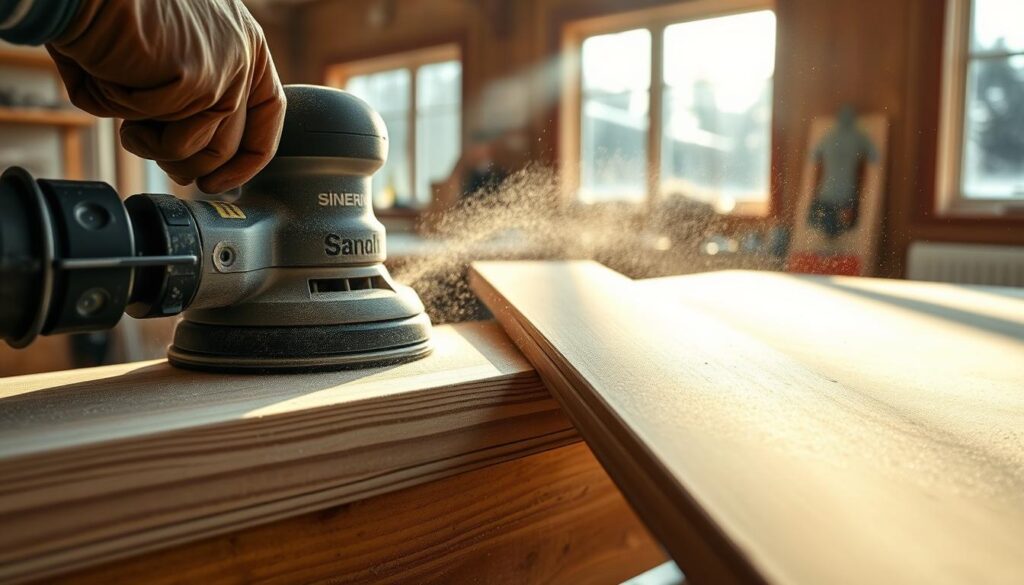
Selecting the Right Tools and Materials
The key to a flawless skirting board paint job lies in selecting the appropriate tools and materials. To achieve a professional finish, you need to choose the right brushes, paints, and primers for your skirting boards.
Best Brushes for Skirting Boards
For painting skirting boards, you’ll need a high-quality brush that can navigate the intricate details and edges. Look for brushes with synthetic bristles, which are ideal for use with water-based paints and provide a smooth finish.
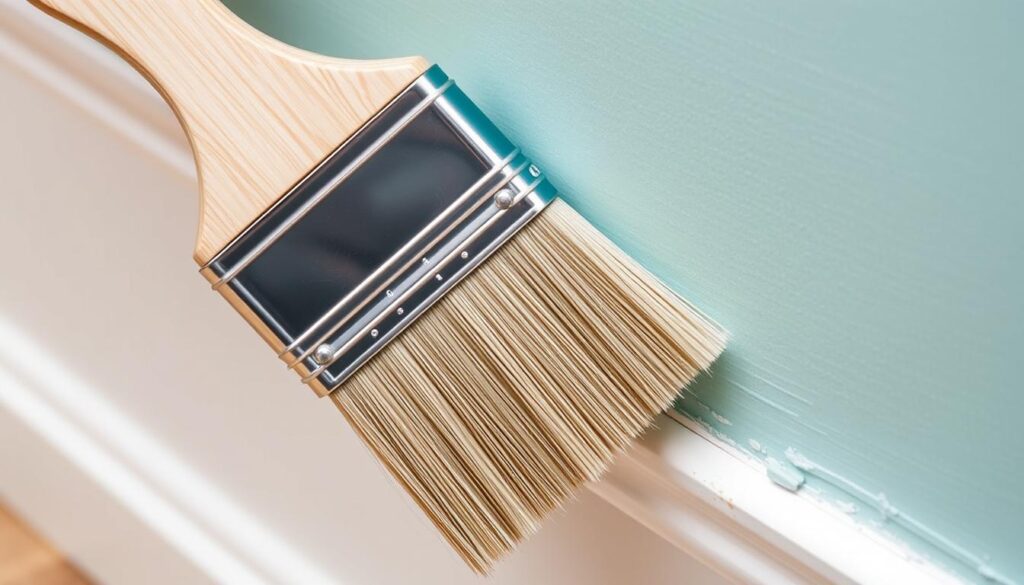
Paint Types for a Professional Finish
Selecting the right paint for your skirting boards is crucial for a professional finish. Consider using a high-quality, water-based paint that is specifically designed for trim work and skirting boards. These paints are usually formulated to provide a hard, durable finish that resists wear and tear.
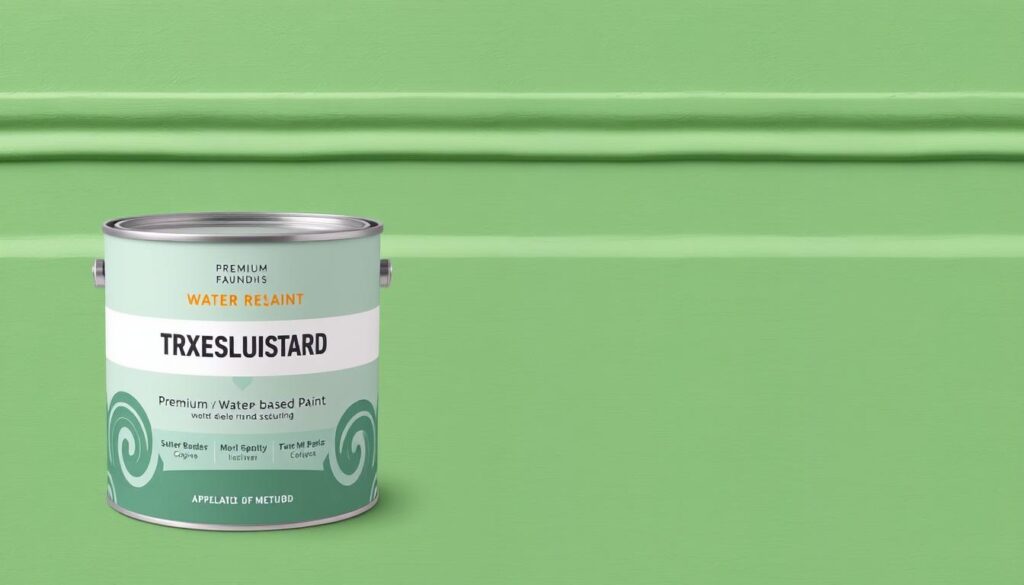
Primers and Preparation Products
If your skirting boards have been previously painted with a different type of paint, or if you’re changing the colour significantly, then priming is crucial. Look for a primer that is suitable for your skirting board material, whether it’s wood or MDF.
- Using the correct primer is essential for achieving a flawless finish, as it creates the perfect foundation for your topcoat while sealing the surface and improving paint adhesion.
- For bare wood skirting boards, choose a dedicated wood primer that will seal the grain and prevent the wood from absorbing too much of your expensive topcoat paint.
- When painting over previously glossed surfaces, a specialist adhesion primer is essential to prevent peeling and ensure your new paint bonds properly to the slick surface.
- If you’re making a dramatic colour change, particularly from dark to light, use a stain-blocking primer that will prevent the old colour from bleeding through and affecting your new finish.
- Consider using a primer-undercoat combination product for efficiency, but be aware that dedicated separate primers often provide superior results for challenging surfaces or significant colour changes.
How to Paint Skirting Boards Without Brush Marks
To paint skirting boards without visible brush marks, it’s essential to master a few key techniques. The process begins with understanding the importance of a smooth, even application of paint.
The Cutting In Technique for Professional Results
When painting skirting boards, cutting in along a horizontal line is crucial, especially where the skirting meets the wall. Start painting approximately 2 inches (5cm) away from the corners to maintain even coverage. Use a single stroke to push the paint onto the surface, creating a smooth area for the brush to glide over.
Proper Brush Handling and Loading
Proper brush handling is vital for a smooth finish. Load the brush with the right amount of paint, and work in sections to maintain a “wet edge.” This technique prevents visible join lines between sections.
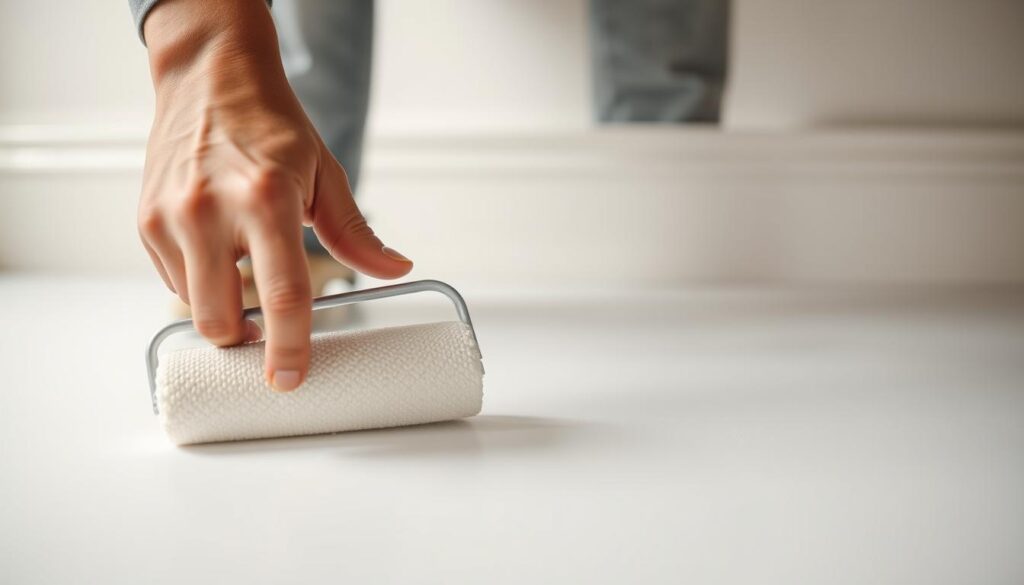
Achieving Long, Smooth Strokes
To eliminate brush marks, use long, continuous strokes that allow the paint to flow and self-level. After applying the paint, use light “laying off” strokes to align the microscopic texture. For the final pass, hold the brush at a slight angle and skim over the surface to create a smooth, professional finish.
| Technique | Description | Benefit |
|---|---|---|
| Cutting In | Painting along the edge where skirting meets the wall | Professional finish |
| Proper Brush Handling | Loading the brush correctly and working in sections | Smooth, even coverage |
| Long, Smooth Strokes | Using continuous strokes to apply paint | Eliminates brush marks |
By mastering these techniques, you can achieve a beautifully smooth finish on your skirting boards that enhances the overall appearance of your room.
Protection Techniques for Clean Lines
Before you start painting your skirting boards, take the time to protect the surrounding areas for a flawless result. Protecting adjacent surfaces is crucial for achieving clean lines and a professional finish.
Using Masking Tape Effectively
To create a seal between the skirting board and the adjacent surface, apply masking tape along the edges. Use a putty knife or similar tool to press the tape firmly onto the surface, ensuring it adheres well and prevents paint from seeping underneath. For added protection, consider using a wide masking tape (at least 2 inches) for carpeted floors.
Paint Shields and Other Protective Tools
In addition to masking tape, use paint shields or protective guards to prevent paint from getting onto surrounding surfaces. These tools are especially useful when painting with bold colors or when working with intricate trim. Consider using a dedicated carpet shield product for maximum protection.
Protecting Carpets and Flooring
When working with hard flooring, use canvas drop cloths to prevent slipping hazards. For carpeted areas, fold the masking tape outward to create a protective shield. Pay particular attention to floor corners where paint drips are most likely to occur.
| Surface Type | Recommended Protection |
|---|---|
| Carpeted Floor | Wide masking tape, carpet shield product |
| Hard Flooring | Canvas drop cloths |
| Wall Adjacent to Skirting Board | Masking tape, paint shield |
By investing time in thorough floor protection, you can avoid the hassle of removing dried paint from carpets or flooring materials later. Remember, prevention is easier than cleanup.
Troubleshooting and Finishing Touches
To achieve a professional finish on your skirting boards, troubleshooting common problems is crucial. Even with the best preparation and painting techniques, issues can still arise.
Dealing with Drips and Runs
Drips and runs can be minimized by maintaining a wet edge while painting and using the correct brush loading technique. If you notice a drip, act quickly by gently smoothing it out with your brush before it dries.
Applying Multiple Coats Properly
To achieve a smooth, even finish, applying multiple thin coats of paint is often necessary. Ensure each coat is fully dry before applying the next, following the manufacturer’s instructions for drying times. This patience will pay off with a professional-looking finish.
Maintenance Tips for Long-Lasting Results
Regular maintenance is key to preserving your newly painted skirting boards. Use a damp microfibre cloth to dust them regularly, and for tougher stains, a mild detergent solution can be used. Keeping a small amount of your original paint for touch-ups will also help maintain the appearance.
- Establish a regular cleaning routine to remove dust and dirt.
- Use a mild detergent solution for more thorough cleaning.
- Keep your original paint for future touch-ups.
Conclusion
With the right techniques and a bit of patience, you can achieve a professional finish on your skirting boards. Re-painting skirting boards can make a huge difference to a room. By following the tips outlined in this guide, you’ll be glad you invested time in learning a few tricks of the trade.
Achieving a brush mark-free finish is possible with proper preparation and application techniques. Remember, patience is key—rushing any step will lead to visible brush marks. For a long-lasting finish, establish a regular cleaning routine and keep leftover paint properly sealed for touch-ups. With these techniques, you can tackle skirting board painting with confidence, achieving results that rival those of professional decorators.
By following these steps and using the right tools, you’ll be able to enjoy your newly painted skirting boards for years to come.
